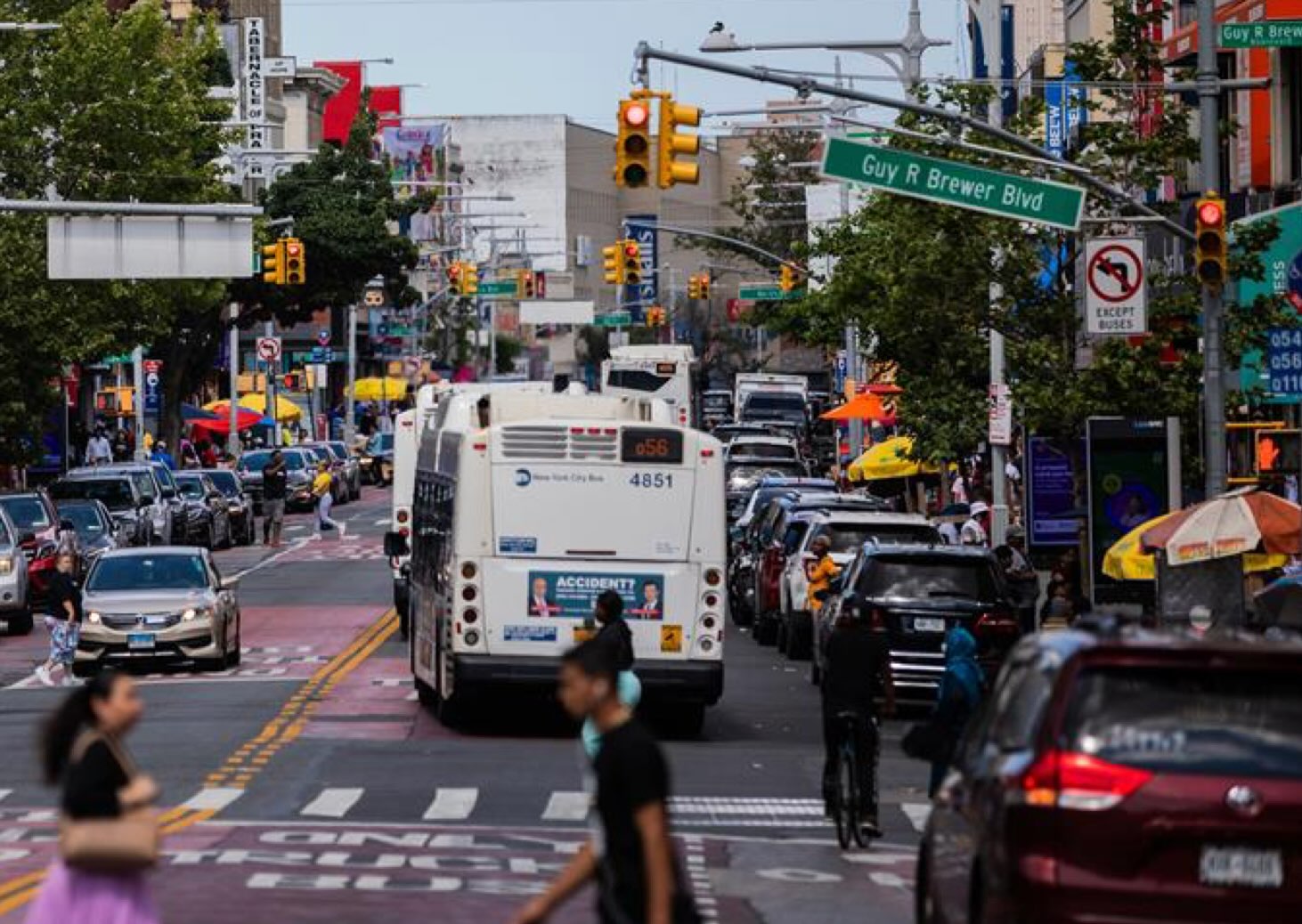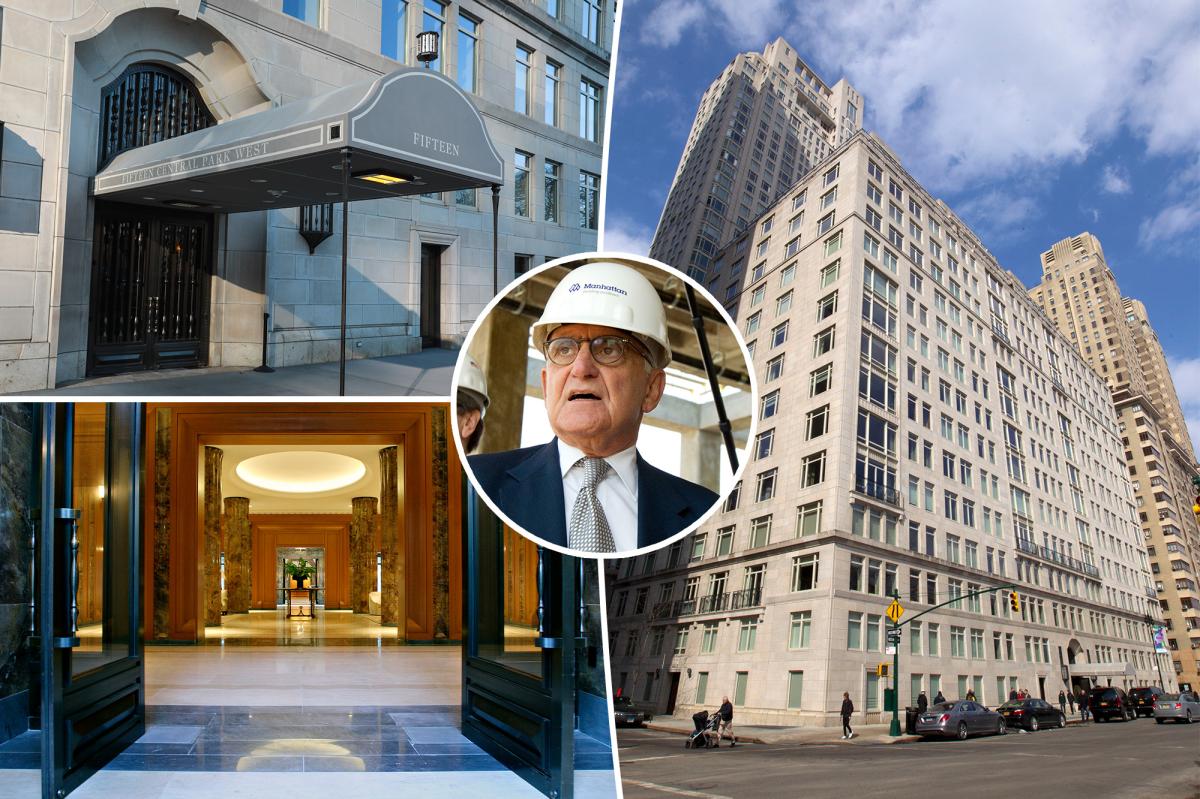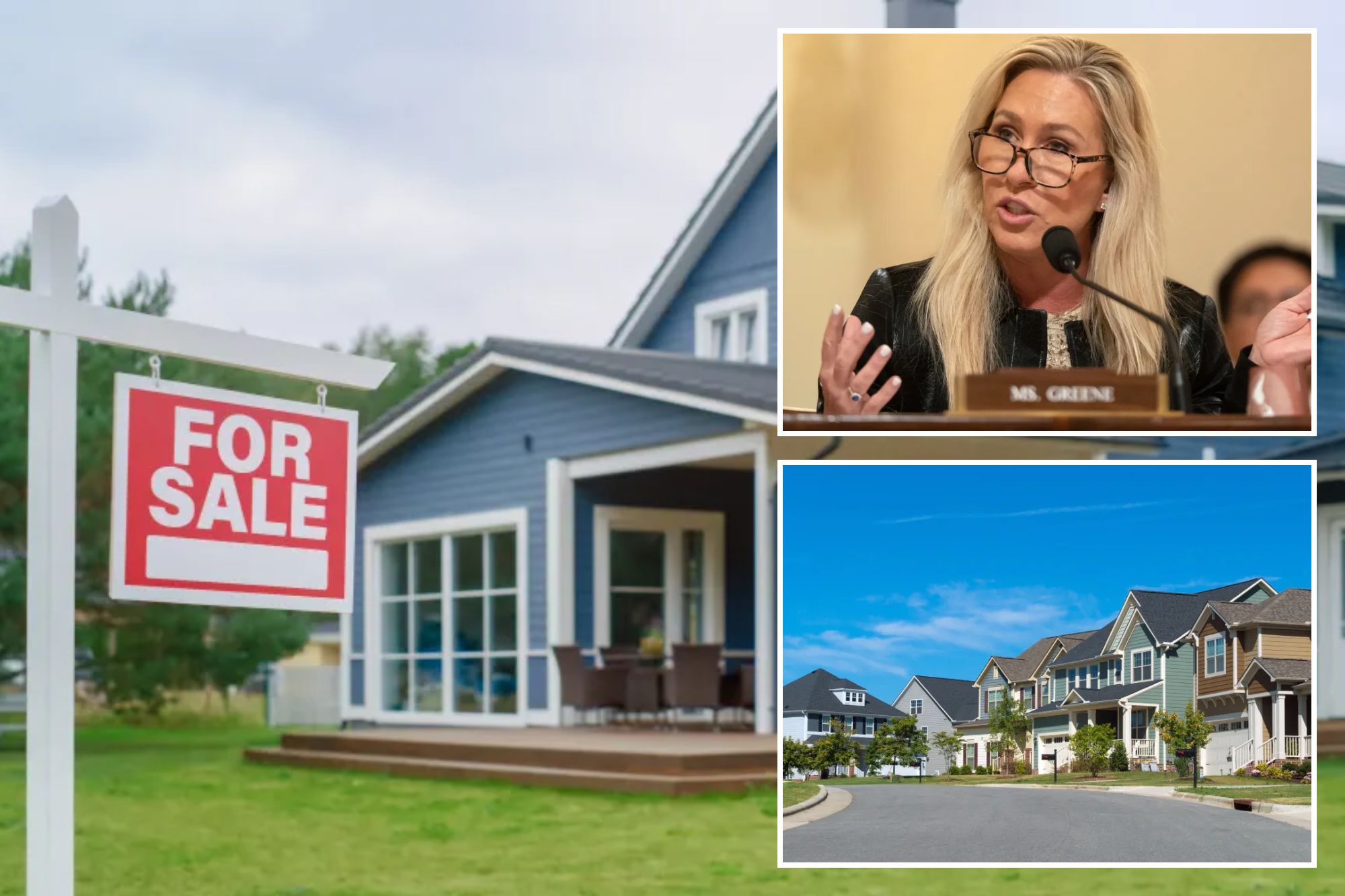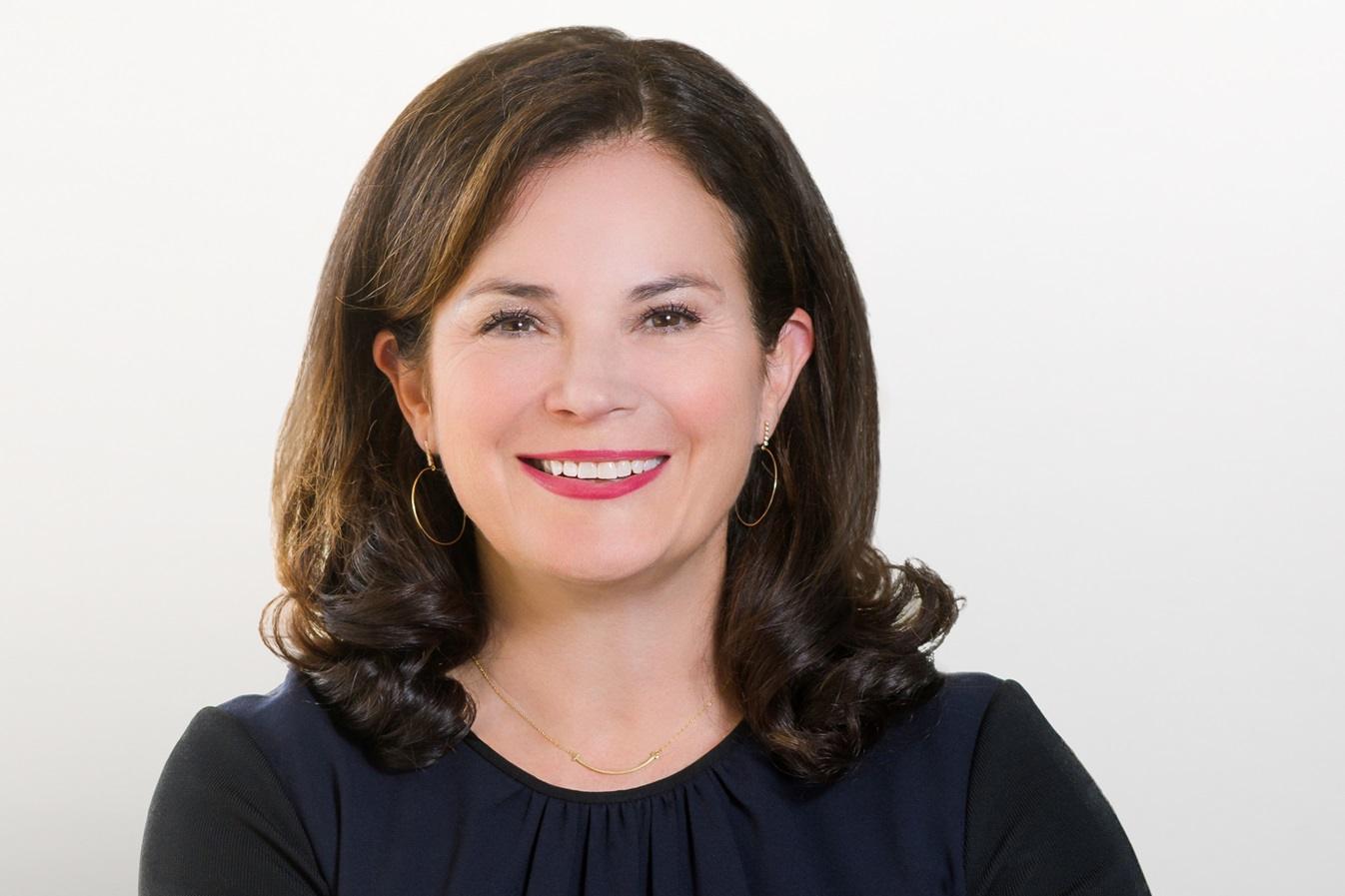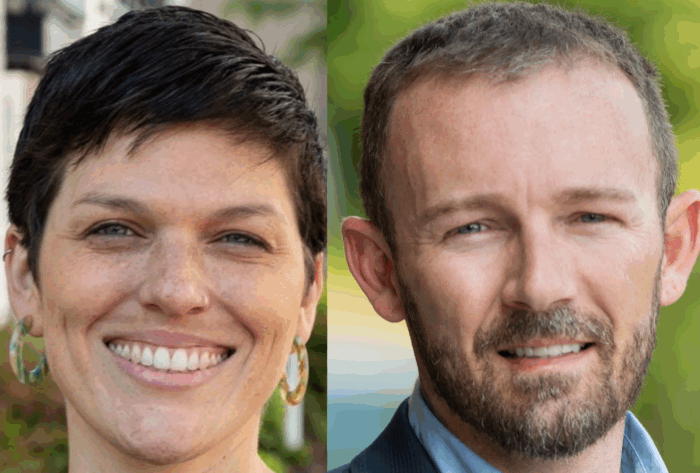T
he Department of City Planning (DCP), headed by Dan Garodnick, is pushing a 230‑block rezoning of Jamaica, Queens, through the city’s Uniform Land Use Review Process (ULURP). City Council must decide by October 14, after the Land Use Committee meets on October 9. The proposal, branded as “The Jamaica Neighborhood Plan,” promises to accelerate development but offers little in the way of affordable housing for the area’s Black and brown residents, who already face steep rent hikes.
The plan raises maximum density, allowing developers to build more units that will likely be priced above the market, benefiting property owners rather than the community. DCP touts the rezoning as a collaborative vision, citing “thousands of community members” in its planning booklet. In reality, outreach has been minimal: no systematic mailings, leaflets, or multilingual engagement in the neighborhood’s transit hubs, apartment buildings, or public housing sites. Long‑time residents Lisa Edwards and Nafisa Mahmud report that when they voiced concerns, officials dismissed them, insisting residents should have known about the process.
Proponents claim the Mandatory Inclusionary Housing (MIH) policy will create 4,000 income‑restricted units. The draft environmental impact statement, however, projects only 2,500‑3,744 affordable units out of 12,319 total apartments—far below the promised figure. Even with the 2024 settlement that rolled back community preference for new affordable units, Jamaica residents would receive only 600‑800 units (15‑20 % of all affordable units). HPD’s plan to build 34 affordable homeownership units and 83 rental units on city land translates to just five‑seven homes and 12‑16 rentals for Jamaica after the settlement.
The rezoning also threatens local schools, increasing overcrowding, and reduces open space per capita. When residents raise concerns about infrastructure and public services, officials point to private developers’ incentives for schools and public spaces, yet a DCP representative confirmed no city‑owned sites could accommodate new schools. The Queens Community Board 12 voted to pause the process on May 21, and at the July 2 hearing, CB12 chair Rev. Carlene O. Thorbs called for the plan to be halted.
DCP’s narrative frames the rezoning as transit‑oriented development, citing Jamaica Station’s connectivity to JFK, Grand Central, Penn Station, and Atlantic Terminal. Developers like Eric Deutsch, a principal at DL Development, have testified in favor of the plan, highlighting the area’s transit richness. Deutsch’s firm, Southside JQ Member LLC, purchased a downtown Jamaica property for $10 million in 2020 and has spent over $250,000 on lobbying through Patrick B. Jenkins and Associates, meeting with key city officials, including Garodnick, DCP staff, Borough President Donovan Richards, and Councilmember Dr. Nantasha Williams. Jenkins also has ties to Councilmember Kevin Riley, who chairs the City Council’s Subcommittee on Zoning and Franchises.
Community support for the rezoning largely comes from churches and nonprofits that hope to build affordable housing on their properties in partnership with developers. These groups often request funding for sewer and stormwater upgrades, groundwater flood relief, open space, transit improvements, school capacity, cultural institutions, pathways to homeownership, and protection for local businesses and faith‑based organizations. Councilmember Williams has made her support conditional on securing these benefits from the mayor’s office and has proposed a Downtown Jamaica Oversight Task Force to monitor any pledged investments, similar to the Gowanus Oversight Task Force.
The plan’s benefits appear to favor developers, with little tangible gain for Jamaica residents. The proposed affordable units fall short of the community’s needs, and the costs of displacement—higher rents, loss of community space, and strained public services—will be borne by residents before any benefits materialize. The Jamaica Neighborhood Plan, while framed as a comprehensive vision, ultimately risks exacerbating gentrification and displacement without delivering the promised affordable housing or infrastructure improvements.
